Home>Home Maintenance>Hazards When Doing Home Repairs
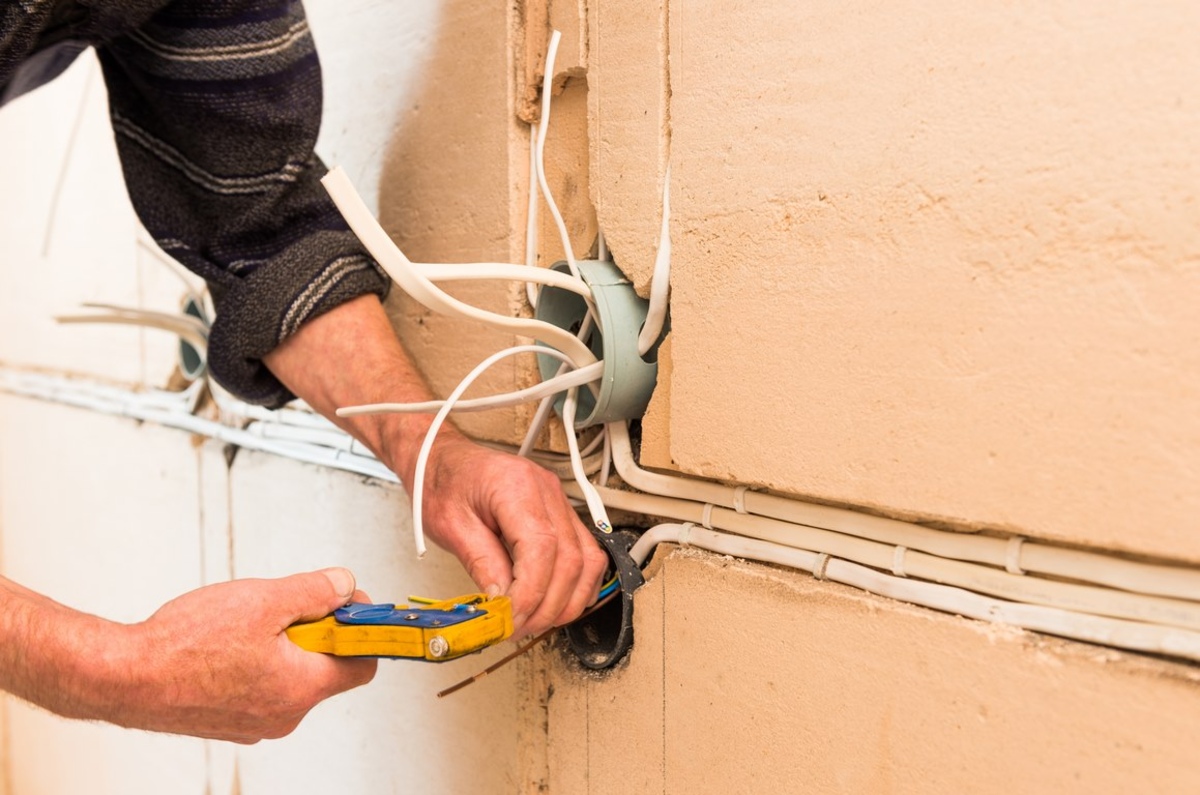

Home Maintenance
Hazards When Doing Home Repairs
Modified: March 6, 2024
Avoid potential hazards and injuries while performing home maintenance tasks. Stay safe with these essential tips for DIY home repairs.
(Many of the links in this article redirect to a specific reviewed product. Your purchase of these products through affiliate links helps to generate commission for Storables.com, at no extra cost. Learn more)
Introduction
Undertaking home repairs and maintenance tasks can be a rewarding experience. It not only saves you money but also allows you to take pride in taking care of your living space. However, it is essential to be aware of the potential hazards that can arise during these projects. Home repairs come with their own set of risks, ranging from electrical hazards to exposure to hazardous materials. By understanding and taking appropriate safety measures, you can minimize the risks and ensure a safe home maintenance experience.
In this article, we will explore some of the common hazards associated with home repairs and maintenance. By being aware of these dangers, you can take preventive measures and protect yourself, your family, and your property.
Key Takeaways:
- Prioritize safety by using the right tools, turning off power before electrical work, and seeking professional help for structural issues to minimize hazards during home repairs.
- Protect yourself from exposure to hazardous materials, falls, and fire hazards by identifying risks, taking precautions, and ensuring proper ventilation for a safe home maintenance experience.
Lack of Proper Equipment
When it comes to home repairs and maintenance, having the right tools and equipment is crucial. Using inadequate or improper tools can not only make the task more difficult but also pose safety risks. Lack of proper equipment can lead to accidents, injuries, and even damage to your property.
For example, using a dull or inappropriate blade on a power saw can cause the blade to bind or kick back, resulting in serious injury. Similarly, using the wrong ladder or a damaged one can lead to falls and accidents. It is important to ensure that you have the right tools for the job and that they are in good working condition.
To prevent accidents due to the lack of proper equipment:
- Invest in high-quality tools that are designed for the specific task at hand. This includes everything from wrenches and saws to safety gear like gloves and goggles.
- Regularly inspect your tools to ensure they are in good working condition. Repair or replace any damaged or faulty tools.
- Follow the manufacturer’s instructions and safety guidelines for using and maintaining your tools.
- Consider renting or borrowing specialized tools for certain tasks, especially if you will only use them occasionally.
Remember, using the right tools not only makes the job easier and more efficient, but it also ensures your safety and the safety of those around you.
Electrical Hazards
Working with electricity during home repairs can be extremely dangerous if proper precautions are not taken. Electrical hazards are a significant concern and can result in severe injuries or even fatalities. It is crucial to have a good understanding of electrical safety measures to protect yourself and your home.
Some common electrical hazards to be aware of include:
- Electrical shock: Coming into direct contact with live electricity can cause electric shock, which can be fatal. Always turn off the power supply before starting any electrical work and use insulated gloves and tools to protect yourself.
- Overloaded circuits: Overloading electrical circuits can lead to electrical fires. Avoid using multiple high-powered appliances on the same circuit and never use extension cords for long-term or high-power usage.
- Exposed wiring: Exposed or damaged electrical wiring poses a significant risk. Inspect your wiring regularly and promptly repair any frayed or damaged wires. Avoid placing furniture or other items in front of electrical outlets to prevent damage.
- Improper grounding: Failure to properly ground electrical systems can increase the risk of electric shock and damage to appliances. Consult a licensed electrician to ensure your home’s electrical system is correctly grounded.
To mitigate electrical hazards:
- Turn off the power supply: Always switch off the power to the specific area you are working on at the electrical panel before starting any repairs.
- Wear protective gear: Use insulated gloves, goggles, and other necessary protective gear when working with electrical connections.
- Seek professional help: For complex electrical repairs or installations, it is best to consult a licensed electrician who has the expertise and knowledge to handle the task safely.
- Educate yourself: Take the time to learn about proper electrical safety procedures and follow them diligently. Understand the basics of electrical systems and know how to handle emergency situations.
By prioritizing electrical safety and taking the necessary preventive measures, you can reduce the risk of electrical hazards during your home maintenance activities.
Structural Instability
One of the critical aspects to consider when engaging in home repairs and maintenance is the structural stability of your property. Structural instability can pose significant risks to your safety and the integrity of your home. It is essential to be aware of signs of structural issues and take appropriate measures to address them properly.
Some common signs of structural instability include:
- Cracks in the walls, floors, or foundation: These can indicate shifting or settling of the structure.
- Sagging or uneven floors: This can indicate problems with the foundation or supporting structures.
- Leaning or bulging walls: This can be a sign of compromised structural integrity.
- Doors or windows that stick or do not close properly: This can be an indication of a shifting foundation.
When encountering structural instability:
- Consult a professional: If you notice any signs of structural issues, it is important to consult a structural engineer or a professional contractor experienced in handling such matters.
- Avoid making repairs without professional guidance: Attempting to fix structural issues on your own without proper knowledge and expertise could worsen the problem and compromise the safety of your home.
- Address the root cause: Understanding the underlying cause of the structural instability is crucial for finding an appropriate solution. Whether it’s foundation issues, termite damage, or soil problems, identifying and addressing the root cause can prevent further damage.
- Follow professional recommendations: If a professional recommends repairs or reinforcements, it is essential to follow their advice and work with qualified professionals to ensure the stability and safety of your home.
Remember, neglecting or ignoring signs of structural instability can lead to severe consequences, including property damage and potential harm to occupants. Prioritizing structural integrity and seeking professional guidance can help ensure the longevity and safety of your home.
Exposure to Hazardous Materials
When performing home repairs and maintenance, it is important to be aware of potential exposure to hazardous materials. Many older homes might contain materials that pose health risks, such as lead, asbestos, and mold. Handling these substances without taking proper precautions can lead to severe health issues for you and your family.
Here are some common hazardous materials to be cautious of:
- Lead-based paint: Homes built before 1978 may have lead-based paint, which can be harmful if ingested or inhaled as dust during renovations. Take precautions to prevent the release of lead dust and consider seeking professional help for its removal.
- Asbestos: Commonly found in insulation, flooring, and roofing materials in older homes, asbestos fibers, when disturbed, can become airborne and pose a significant health risk. If you suspect the presence of asbestos, consult a professional for proper testing and handling.
- Mold: Moisture issues can lead to mold growth, which can cause respiratory problems and allergic reactions. Proper ventilation, moisture control, and remediation are essential to prevent exposure.
- Chemicals and solvents: Various chemicals and solvents used in home repairs, such as paint thinners and cleaning agents, can be toxic if inhaled or ingested. Ensure adequate ventilation during use and store them in a well-ventilated area away from living spaces.
To minimize exposure to hazardous materials:
- Identify potential hazardous materials: Determine if your home contains lead-based paint, asbestos, or other hazardous substances by seeking professional testing or consulting resources available from environmental agencies.
- Take precautions during renovations: Use proper protective equipment like masks, gloves, and disposable clothing when working with or around hazardous materials. Follow safe removal and disposal procedures to prevent contamination.
- Hire professionals for hazardous materials removal: For projects involving significant exposure to hazardous materials, such as lead-based paint or asbestos, it is best to hire certified professionals with experience in handling these substances safely.
- Maintain a clean and well-ventilated environment: Regularly clean your home to prevent the accumulation of dust and mold. Ensure good ventilation in areas prone to moisture, such as bathrooms and basements.
By being proactive in identifying and taking necessary precautions when dealing with hazardous materials, you can protect yourself and maintain a safe living environment for you and your family.
Always wear protective gear such as gloves and goggles when doing home repairs to avoid injuries from sharp objects or flying debris.
Falls and Accidents
Falls and accidents are one of the most common hazards when it comes to home repairs and maintenance. Whether you are working on a ladder, climbing stairs, or navigating uneven surfaces, the risk of slips, trips, and falls is significant. It is crucial to prioritize safety to prevent injuries and accidents.
Here are some important factors to consider to minimize the risk of falls and accidents:
- Use sturdy and stable equipment: Ensure that ladders, scaffolds, and other equipment are in good condition and capable of safely supporting your weight. Always follow manufacturer guidelines for proper setup and use.
- Practice ladder safety: When using a ladder, make sure it is placed on a stable surface, and never stand on the top rungs or overreach. Have someone nearby to stabilize the ladder if necessary.
- Keep the work area clean and clutter-free: Remove any obstacles, debris, or tripping hazards from the work area to prevent accidents.
- Wear appropriate footwear: Use sturdy, non-slip footwear that provides good traction to prevent slips and falls.
- Use proper lifting techniques: When lifting heavy objects, remember to lift with your legs, not your back, and get help when needed.
- Ensure proper lighting: Good lighting is essential to see potential hazards and navigate the work area safely. Use additional lighting or portable lamps if necessary.
- Secure loose rugs or carpets: Loose rugs or carpets can easily cause someone to slip or trip. Ensure they are properly secured to the floor.
It is crucial to take your time, be mindful of your surroundings, and work at a pace that allows for proper caution. Do not rush through tasks, as hurrying can lead to accidents.
If you do experience a fall or accident:
- Assess the situation and seek medical attention if necessary.
- Learn from the incident and take steps to prevent similar accidents in the future.
- Take breaks and rest when needed to avoid fatigue, which can increase the risk of accidents.
By being attentive, using proper equipment and techniques, and maintaining a safe work environment, you can significantly reduce the risk of falls and accidents during your home repair and maintenance projects.
Fire Hazards
When performing home repairs and maintenance, it is crucial to be aware of potential fire hazards. Many home maintenance activities involve heat, electricity, and flammable materials, and if not handled properly, can lead to devastating fires. Taking precautions and practicing fire safety measures is essential to protect yourself, your property, and your loved ones.
Here are some common fire hazards to be cautious of:
- Electrical malfunctions: Faulty wiring, overloaded circuits, or damaged electrical components can ignite fires. Have your electrical system inspected regularly by a licensed professional and address any issues promptly.
- Improper use of open flames: Using candles, torches, or open flames during repairs can pose a fire risk. Always use them in a safe and controlled manner, keeping them away from flammable materials and never leaving them unattended.
- Flammable liquids and materials: Many home repair projects involve the use of flammable materials, such as paint, solvents, and fuels. Keep these substances away from ignition sources, store them in approved containers, and follow proper handling and disposal procedures.
- Overheating tools and equipment: Power tools, heaters, and other equipment can generate heat. Avoid leaving them unattended or operating them near flammable materials. Regularly inspect and maintain your tools to prevent malfunctions that can lead to fires.
- Barbecue grills and outdoor cooking: When using grills or outdoor cooking equipment, ensure they are used in a well-ventilated area, away from any structures or flammable materials. Practice safe grilling techniques and never leave the grill unattended.
To minimize fire hazards:
- Install smoke detectors and fire extinguishers: Place smoke detectors on each level of your home and near sleeping areas. Keep fire extinguishers in accessible locations and ensure they are in good working condition.
- Have an escape plan: Develop an emergency escape plan for your home and discuss it with your family. Know the exits and practice fire drills regularly.
- Avoid overloading electrical circuits: Use power outlets and extension cords safely, never overloading them with too many appliances or devices.
- Properly dispose of ashes and cigarette butts: If you use fireplaces or smoking areas, ensure that hot ashes and cigarette butts are completely extinguished and properly disposed of in non-combustible containers.
- Keep flammable materials stored safely: Store flammable liquids and materials in approved containers, away from heat sources and in well-ventilated areas.
By being cautious, following fire safety guidelines, and taking preventive measures, you can reduce the risk of fire hazards and ensure the safety of yourself and your home during repairs and maintenance.
Inadequate Ventilation
Proper ventilation is often overlooked during home repairs and maintenance, yet it plays a crucial role in maintaining a safe and healthy environment. Inadequate ventilation can lead to a build-up of harmful gases, chemicals, and pollutants, affecting the air quality and posing health risks. It is important to prioritize ventilation to ensure the well-being of yourself and your family.
Here are some reasons why adequate ventilation is essential:
- Removal of indoor pollutants: Proper ventilation helps remove indoor pollutants such as volatile organic compounds (VOCs), carbon monoxide, and formaldehyde, which can be emitted from household products, building materials, and appliances.
- Prevention of moisture-related issues: Good ventilation helps prevent moisture build-up, minimizing the risk of mold growth, dampness, and the associated health issues. This is especially important in areas prone to high humidity, such as bathrooms and basements.
- Improvement of indoor air quality: Ventilation helps bring in fresh air from outside, improving air circulation and reducing the concentration of allergens, odors, and harmful pollutants.
To ensure adequate ventilation:
- Open windows and doors: When weather permits, open windows and doors to allow fresh air to circulate. This can help flush out indoor pollutants and improve indoor air quality.
- Use exhaust fans: Install and use exhaust fans in bathrooms, kitchens, and other areas where moisture and pollutants are generated. Run them during and after activities that produce steam, smoke, or fumes.
- Clean and maintain ventilation systems: Regularly clean and maintain your HVAC system, including filters, ducts, and vents. Clogged or dirty filters can restrict airflow and reduce the effectiveness of ventilation.
- Consider mechanical ventilation: In some cases, mechanical ventilation systems, such as heat recovery ventilators (HRVs) or energy recovery ventilators (ERVs), may be necessary to provide balanced and controlled ventilation.
Remember, adequate ventilation is essential for maintaining a healthy living environment. By ensuring proper airflow and the removal of pollutants, you can create a safer and more comfortable home during and after your repair and maintenance projects.
Conclusion
When it comes to home repairs and maintenance, prioritizing safety is of utmost importance. By understanding and proactively addressing the potential hazards that can arise during these projects, you can protect yourself, your family, and your property.
From the lack of proper equipment to electrical hazards, structural instability, exposure to hazardous materials, falls and accidents, fire hazards, and inadequate ventilation, each hazard requires attention and precautionary measures.
Investing in high-quality tools, following safety guidelines, and seeking professional help when needed can significantly minimize the risks associated with home repairs. Taking the time to inspect your home for structural instability, addressing any signs promptly, and following proper safety procedures can prevent further damage and hazards.
Being mindful of potential exposure to hazardous materials, such as lead, asbestos, and mold, and taking appropriate precautions can safeguard your health. Additionally, staying aware of fire hazards, practicing fire safety measures, and ensuring adequate ventilation contribute to a safer home environment.
Remember, safety should always be a priority. Take the necessary steps to protect yourself and your loved ones while engaging in home repairs and maintenance. By doing so, you can enjoy the satisfaction of a well-maintained home while minimizing the risks associated with these projects.
So, next time you undertake a home repair or maintenance task, be prepared, stay safe, and maintain a healthy living environment.
Frequently Asked Questions about Hazards When Doing Home Repairs
Was this page helpful?
At Storables.com, we guarantee accurate and reliable information. Our content, validated by Expert Board Contributors, is crafted following stringent Editorial Policies. We're committed to providing you with well-researched, expert-backed insights for all your informational needs.
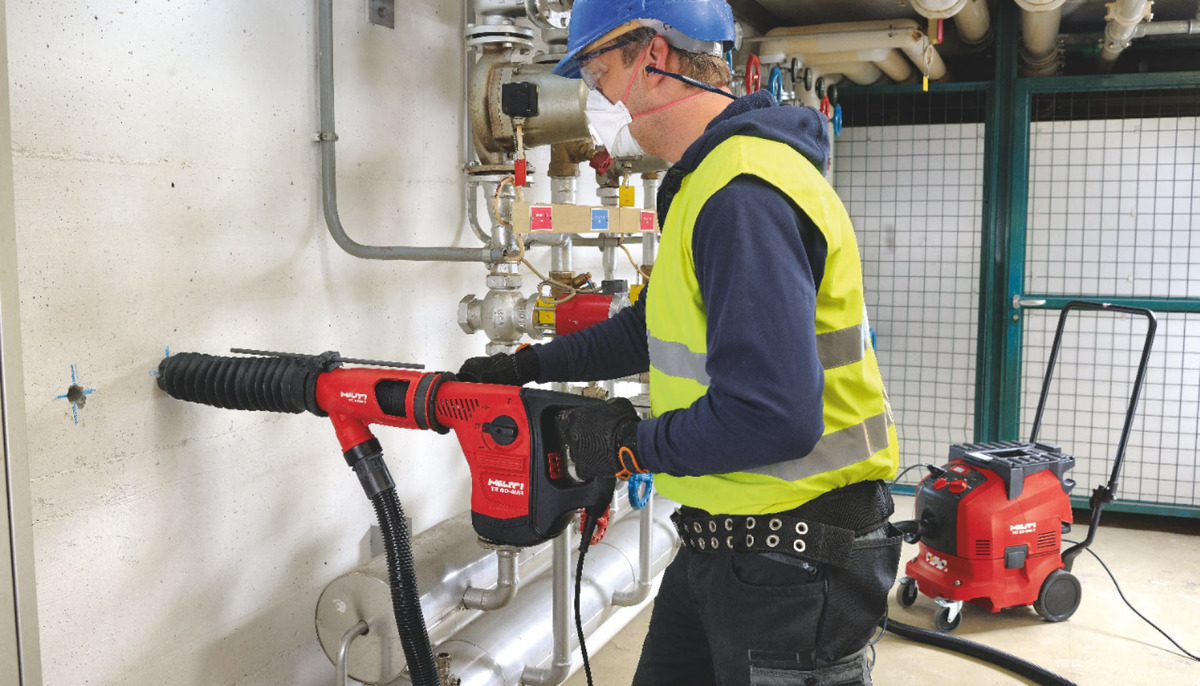
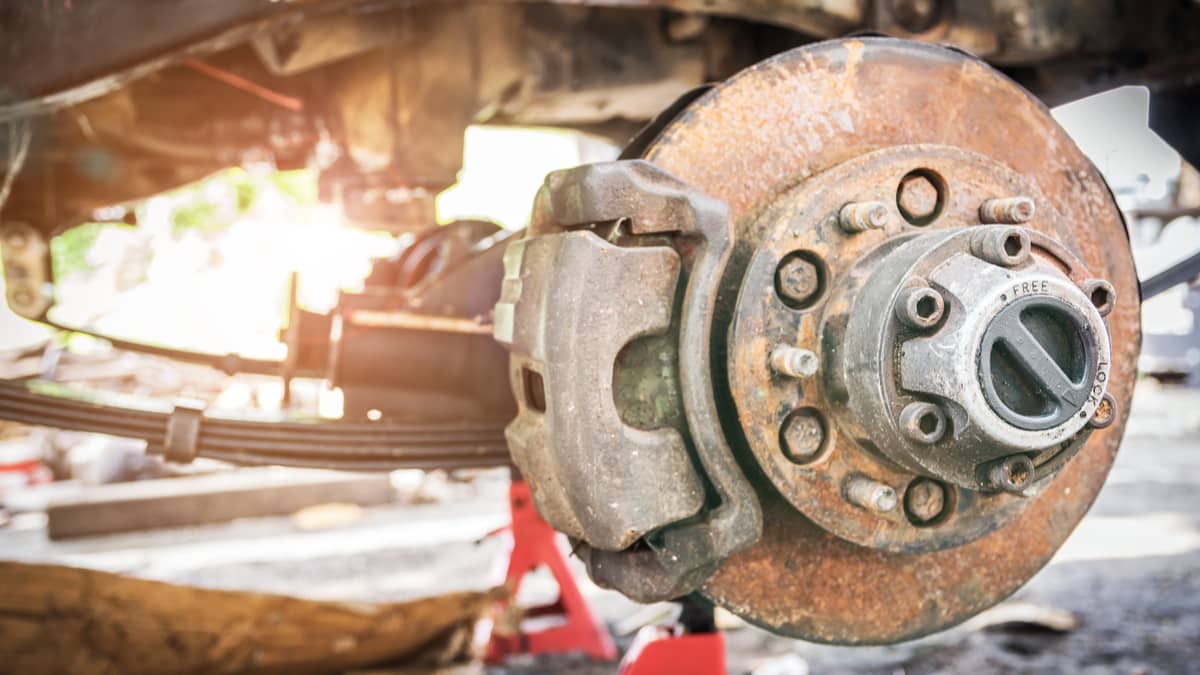
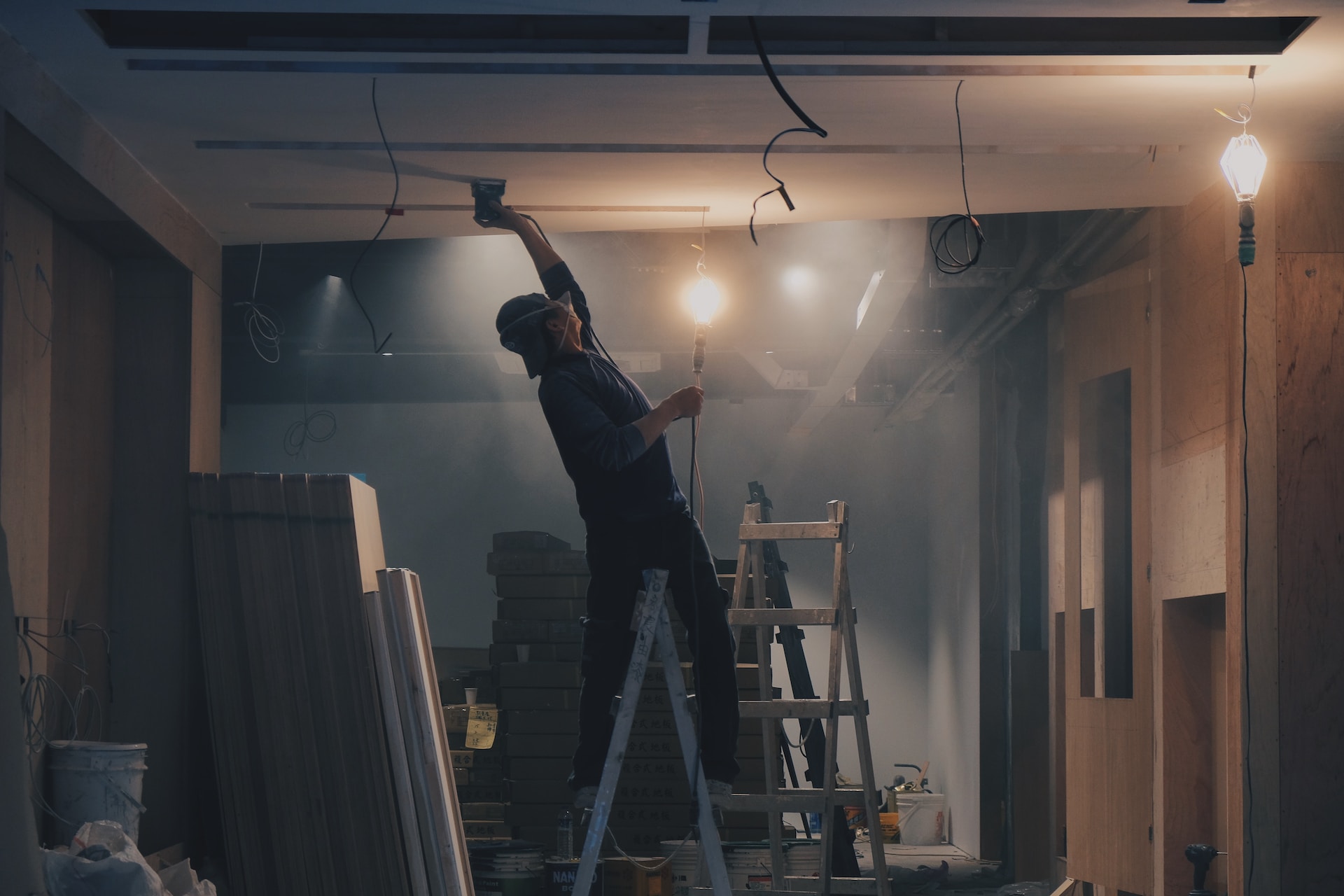
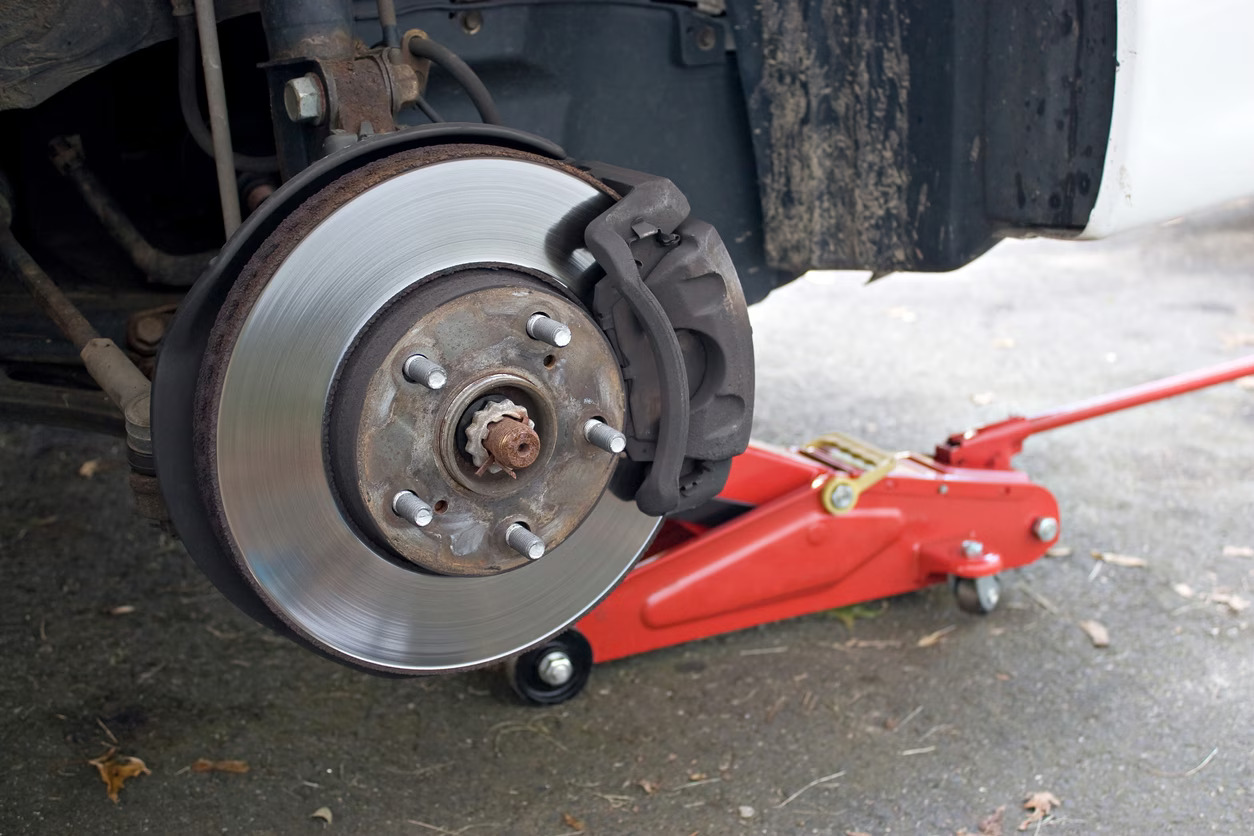
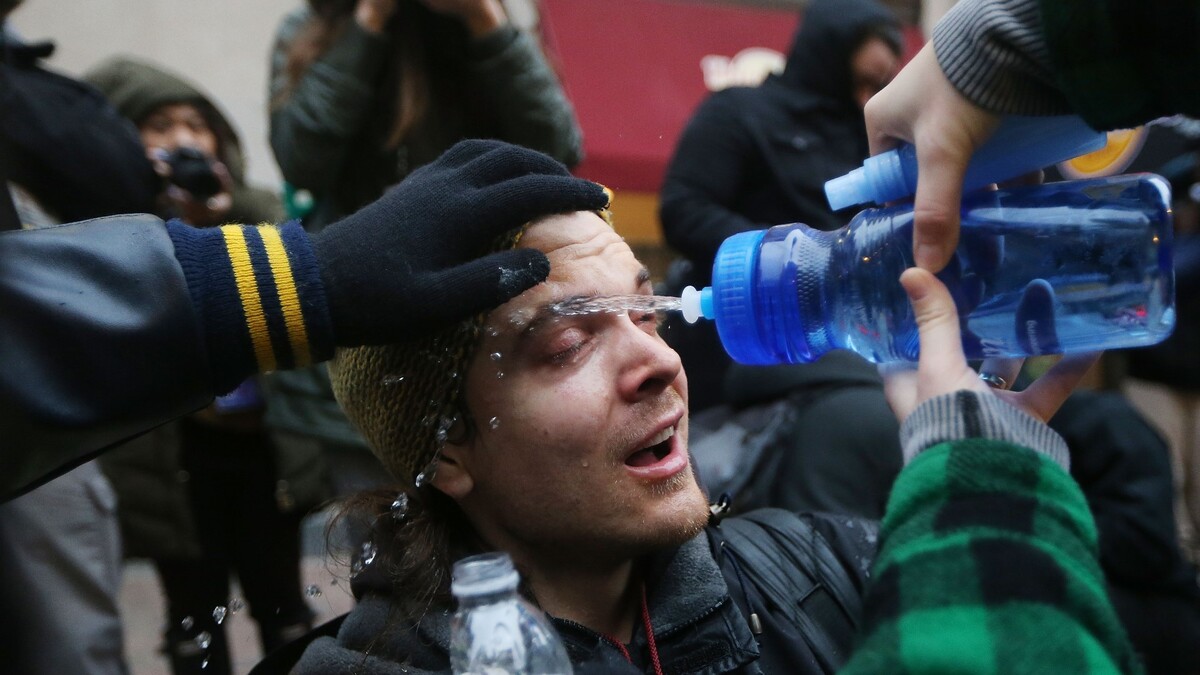
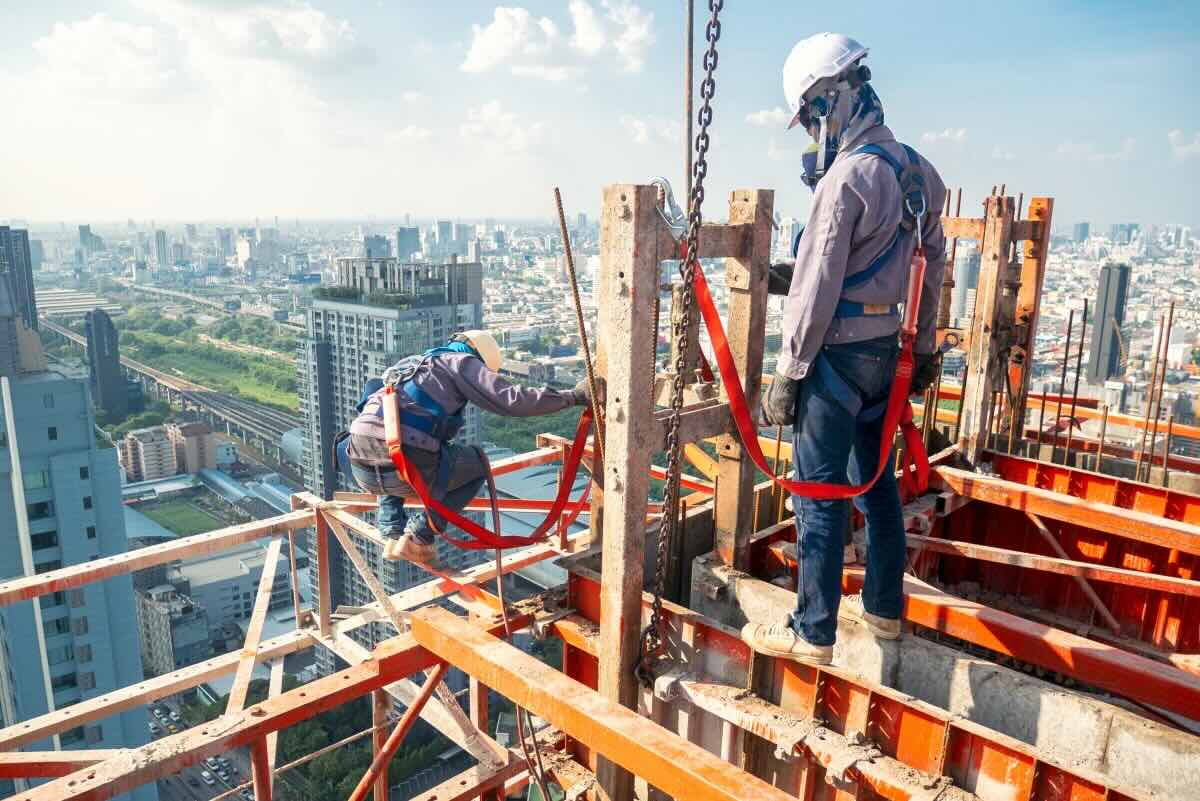
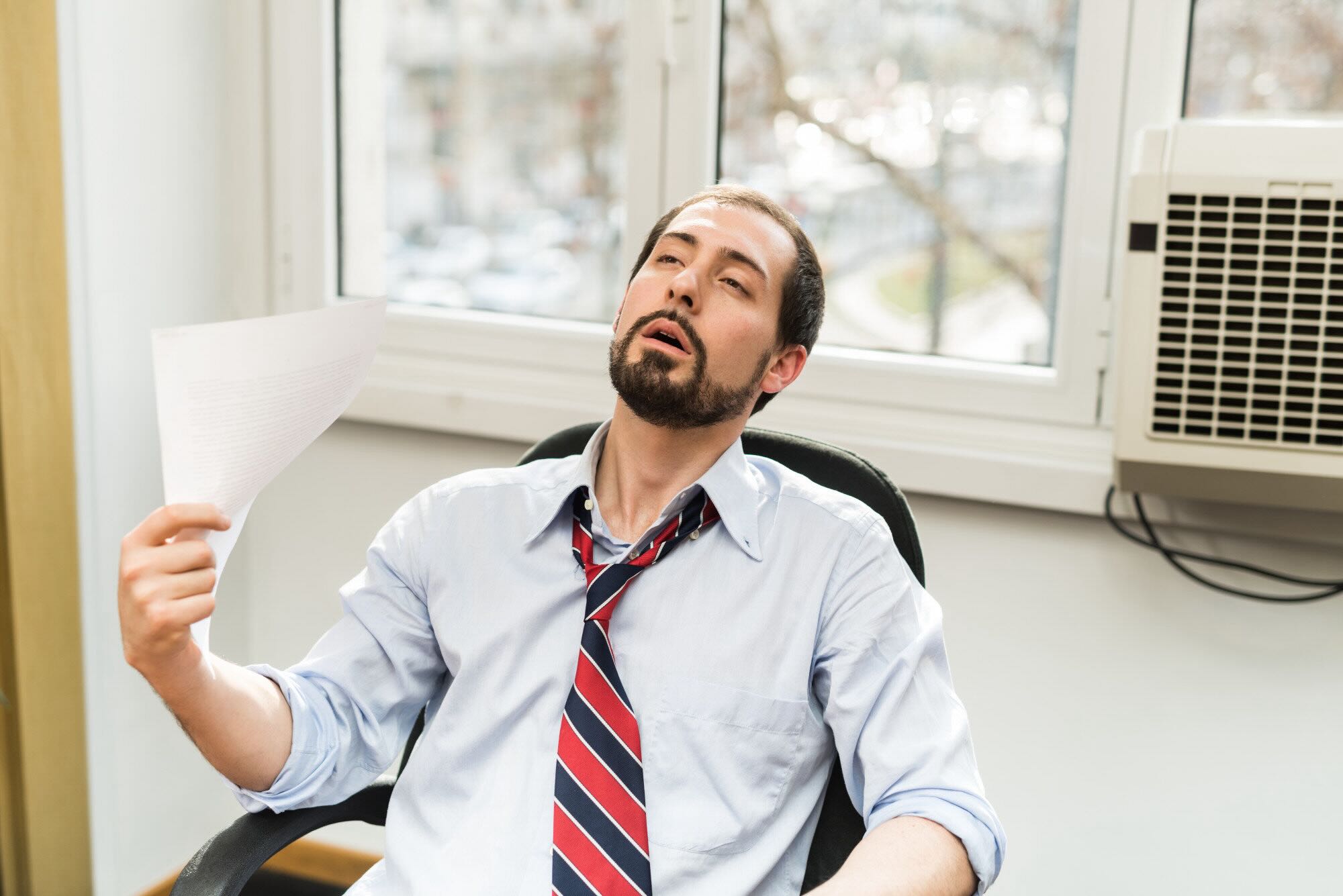
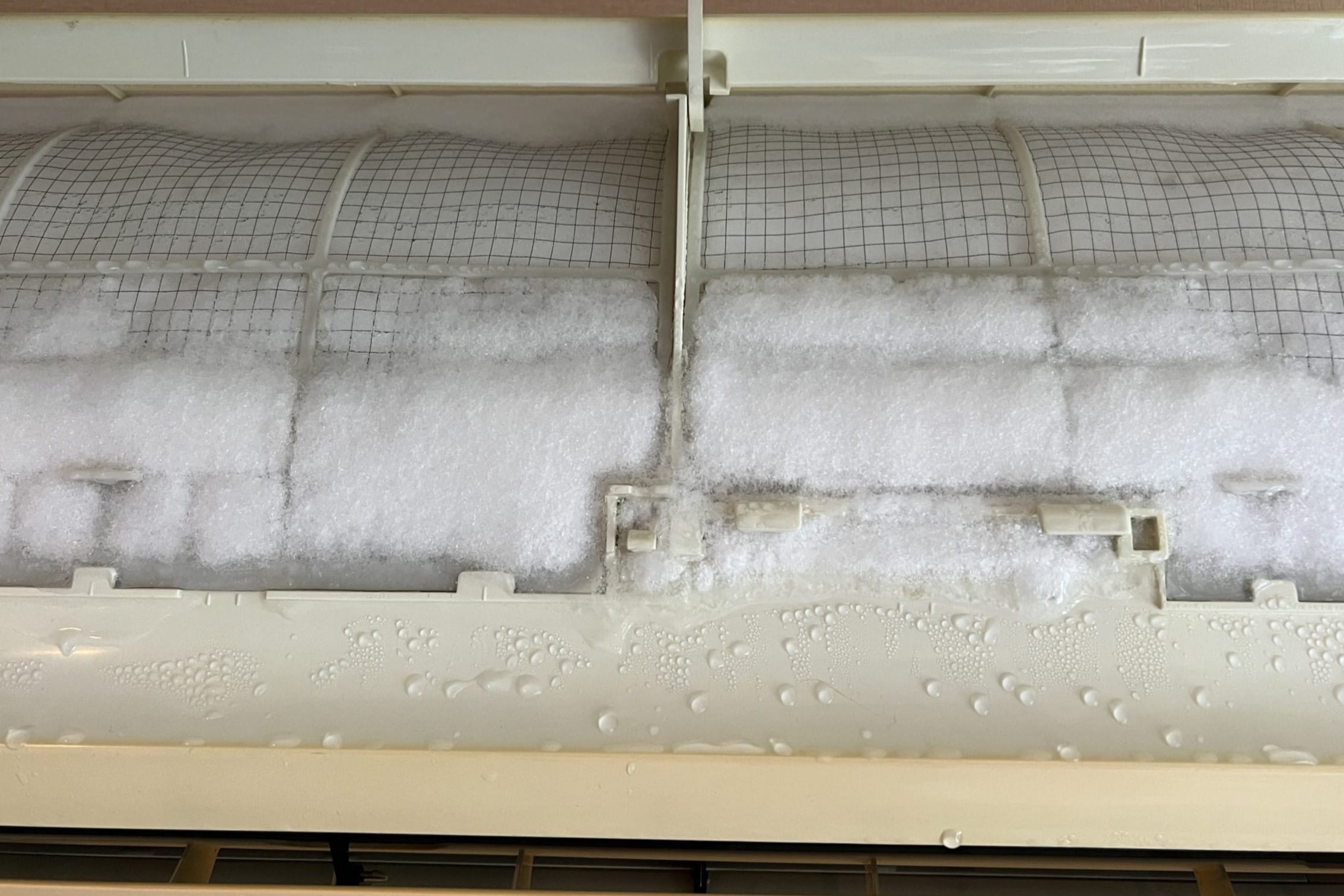
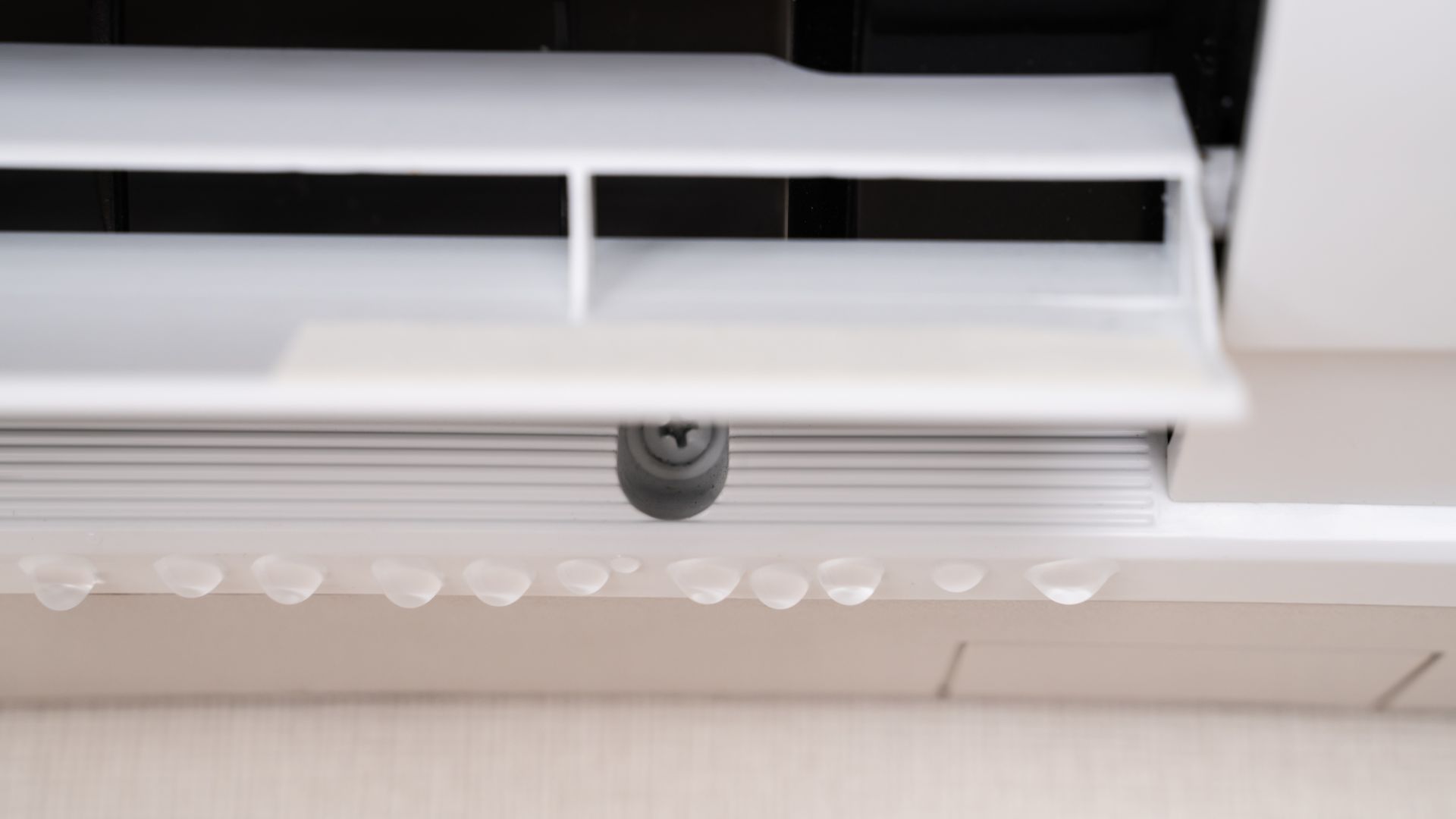
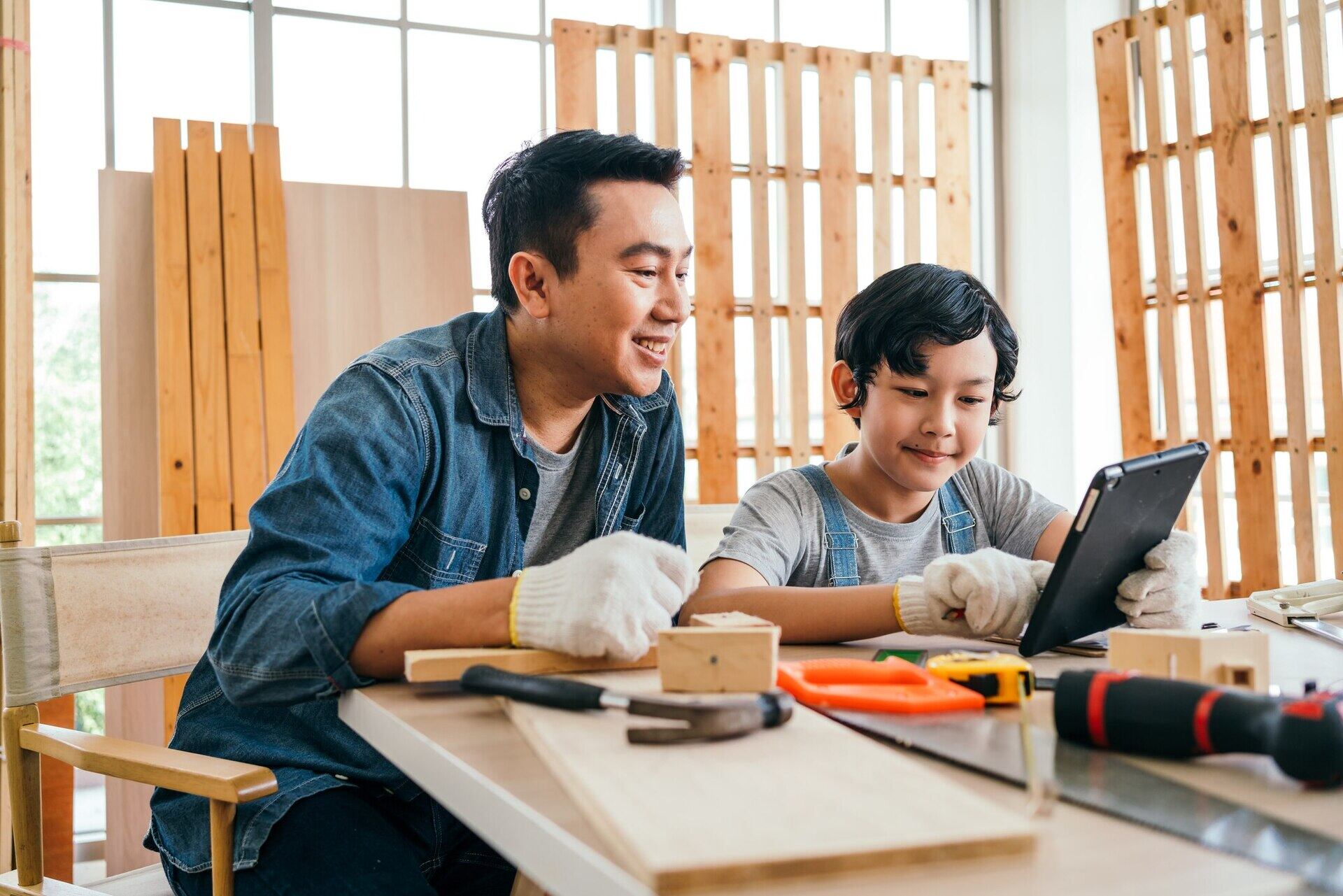
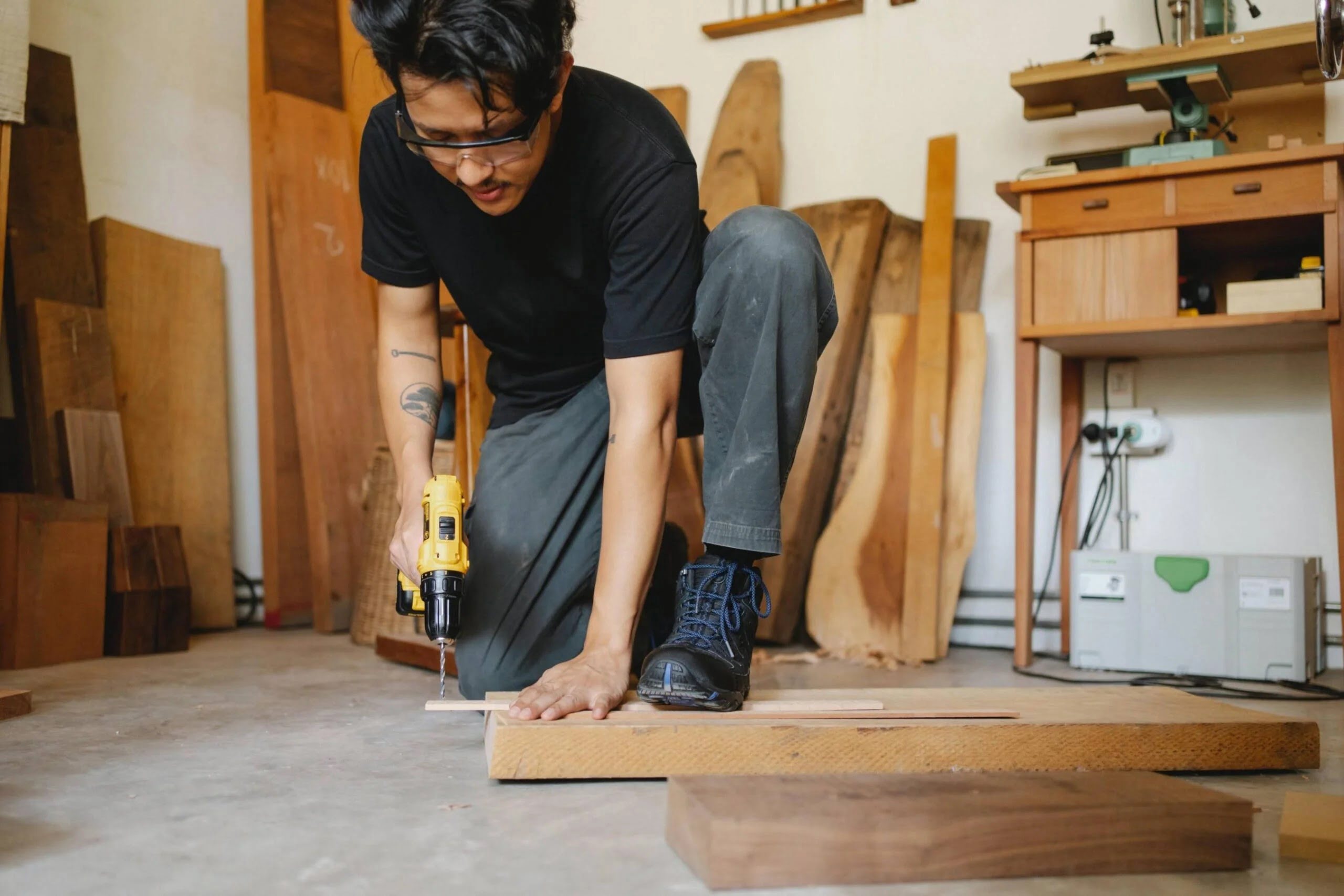
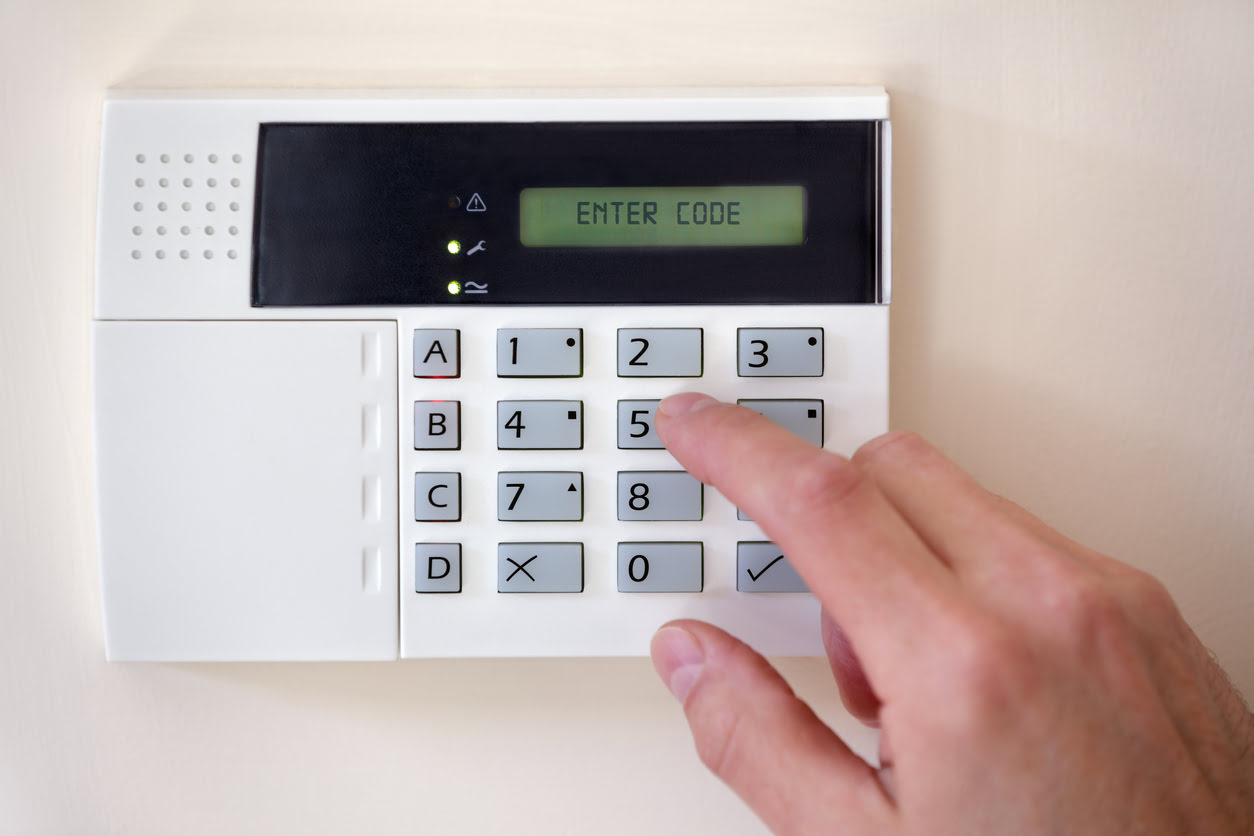

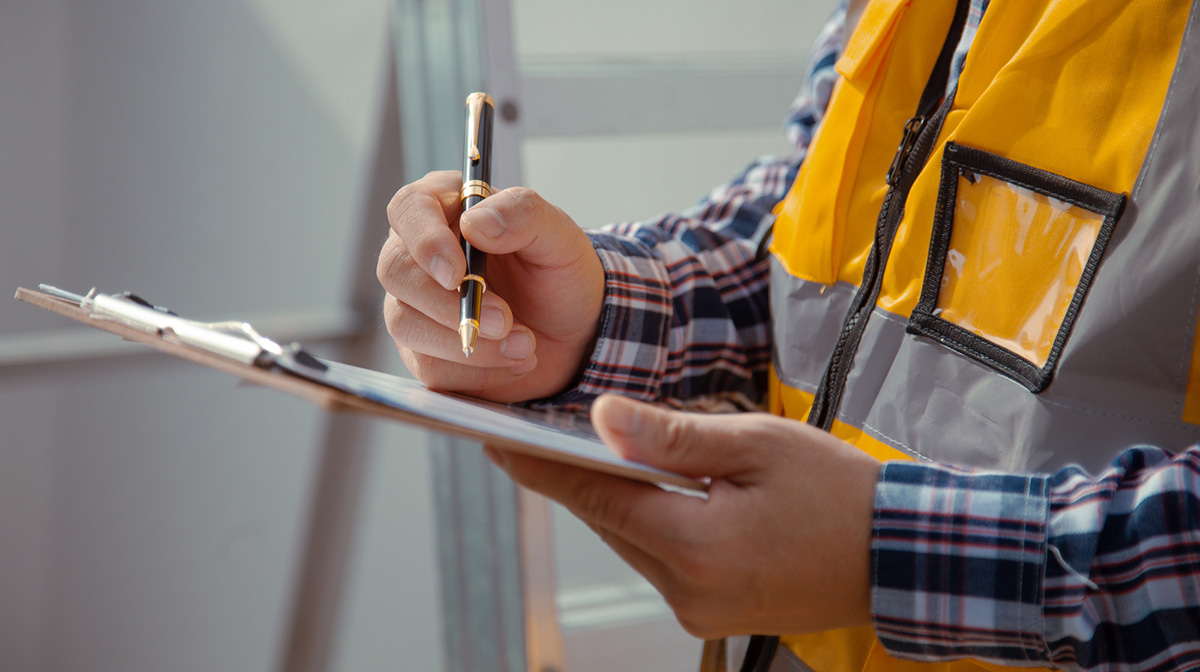

0 thoughts on “Hazards When Doing Home Repairs”